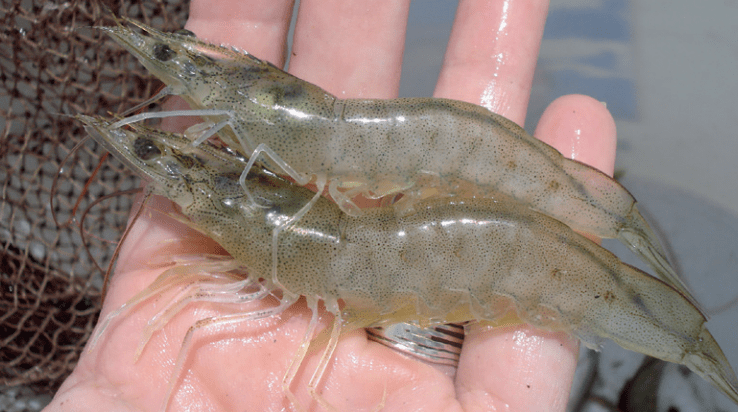Shrimp is one of the fishery products with high protein content and is favored by foreign and domestic communities. Indonesian shrimp production has increased, in 2017 vannamei shrimp production reached 1.1 million tons. Pacific white shrimp comes from American waters and has spread throughout Indonesia and is developed by farmers and the government. Vannamei shrimp farming was chosen by farmers because this type of shrimp is more resistant to disease, has faster growth, is resistant to environmental changes, has a shorter cultivation time (90-100 days per season), high stocking density, high survival rate and consume lesser feed. With this growth, vanamei shrimp cultivation both in hatcheries and ponds is not free from problems. Vanamei shrimp hatchery can take place until larvae reach the post larvae stage (PL11-PL15) with densities reaching 300-400 tails in one square meter and in milling reaches up to the PL20 - PL30 stages. The main problem often experienced by farmers is the problem of illness and declining environmental conditions. Poor environmental conditions in shrimp farming with intensive or super intensive patterns can be caused by high stocking density (up to 200 - 300 per square meter tail or feed residue) which can increase the content of organic matter accumulating in the water base and causing decomposition. A by-product of organic decomposition process disruption is the emergence of ammonia (NH3) in water and the accumulation of waste in vegetation, which causes shrimp to be poisoned.
One of the parasitic diseases that often attack shrimp vanamei is a disease caused by protozoaparasites from the Ciliate class. Protozoa that attack vanamei shrimp on ponds are Zoothamniumsp., Vorticella sp. and Epistylis sp. Diseases caused by these three species can cause death in aquaculture up to 100% at the hatchery. Until now the prevalence and intensity of shrimp ponds is still high reaching 67% with zooid intensity per shrimp. Furthermore it is said that the entire body surface and gills of shrimp infected by this protozoa will be found with groups of three species that are creamy white, which can cause shrimp to be difficult to breathe, difficult to eat and unable to replace the skin (replace the skin).
Based on the description, it is necessary to have an inventory of ectoparasites in ponds of vanamei shrimp with intensive pattern and at high hatcheries in Bangil Regency, Pasuruan Regency, East Java based on prevalence, intensity, and attack level, to be used as a reference in the cultivation of vanameidi shrimp in ponds.
Author: Gunanti Mahasri Details of this research available at: https://iopscience.iop.org/article/10.1088/1755-1315/441/1/012077





